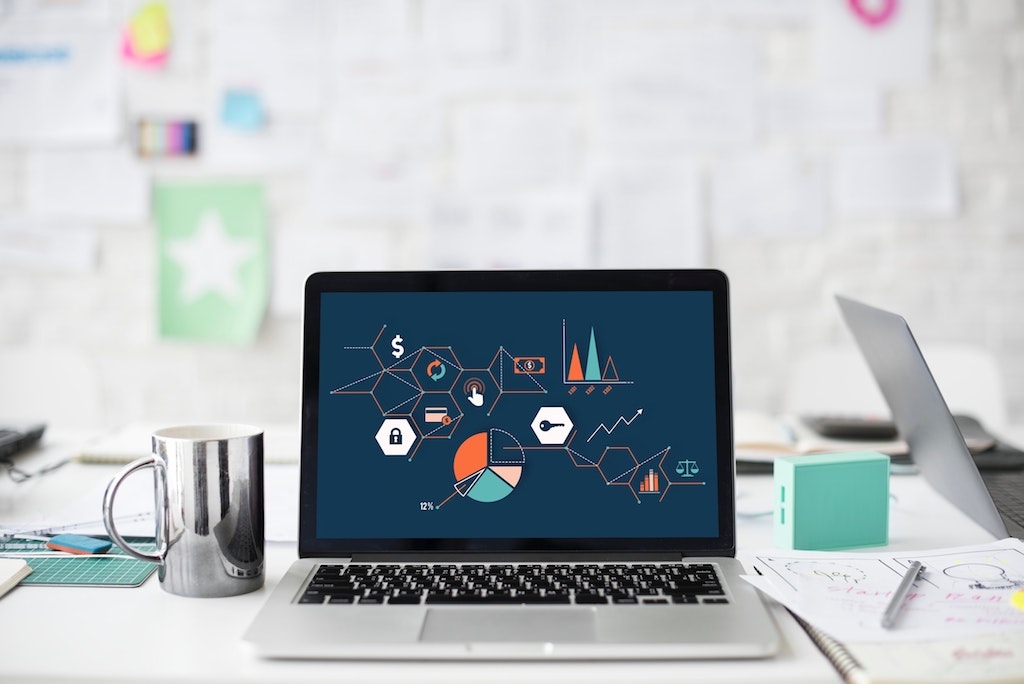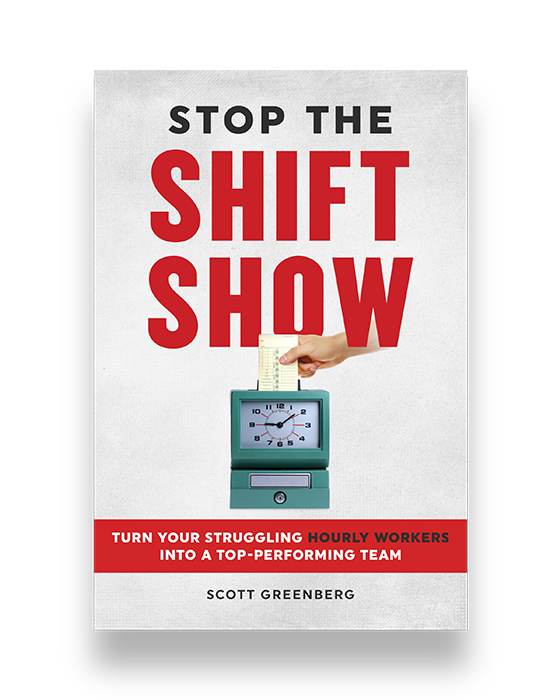Extracting lessons from an activity requires more than the question “What did you learn?” Prior to the discussion, your group may have learned nothing. That’s what the debriefing is for. There are many techniques for facilitating discussion, but most of them generally follow the same flow:
■ Reaction & Reflection: Get the group’s reaction to the experience. How do they feel? What was it like for them? What did they notice, experience, hear or feel? These questions get them thinking about the experience and prepare them for the next step.
■ Explanation: Why did the activity go as it did? What were people’s reasons for behaviors and choices? Spend time trying to derive some kind of meaning from the shared experience.
■ Big Picture: Move away from this specific activity and instead talk about the broader issues the have come up during the discussion. Focus on human behavior, group dynamics and values. What have we learned?
■ Application: Now what? What can we do with what we’ve learned? What changes can we make? This is time to create relevance and commit to improvement.
Group discussion is dynamic and unpredictable, so you do not want to rigidly move through these four phases. Invariably group members like to discuss what went on during the activity. Allow them to process this, then gently guide the discussion away from the activity and proceed through the application phase.
To identify useful activities, read the article: Using Activities to Teach.




